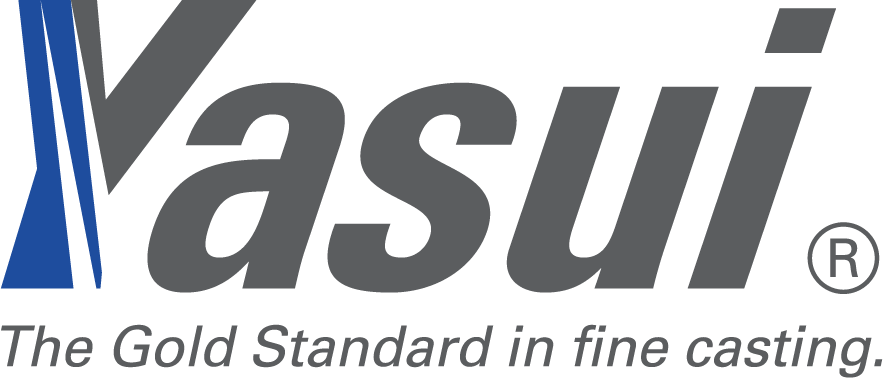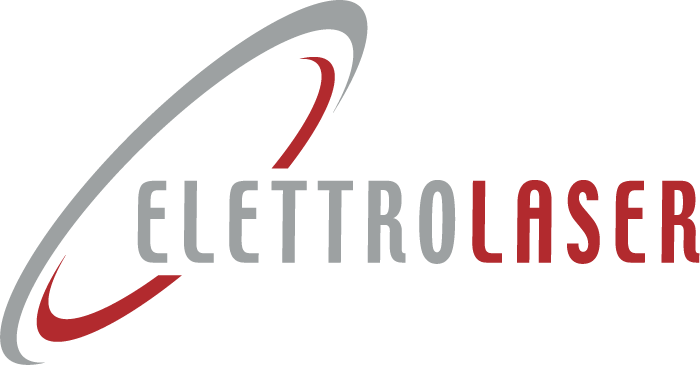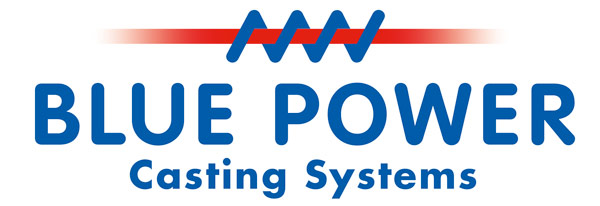Penn State’s College of Engineering published their findings in an issue of Nature Scientific Report in September.
Researchers at Pennsylvania State College of Engineering claim to have developed a way to speed up the process of 2D printing and 3D printing by up to 1,000 times.
Their apparent breakthrough is thanks to a major technological advance in the field of high-speed beam-scanning devices. Using a space-charge-controlled KTN beam deflector – a crystal consisting of potassium tantalite and potassium niobate – with a large electro-optic effect, researchers have found it is possible to conduct scans much more quickly.
“When the crystal materials are applied to an electric filed, they generate uniform reflecting distributions, that can deflect an incoming light beam,” said Shizhuo Yin, professor of electrical engineering in the School of Electrical Engineering and Computer Science. “We conducted a systematic study on indications of speed and found out the phase transition of the electric field is one of the limiting factors.”
To overcome this issue, the electric field-induced phase transition in a nanodisordered KTN crystal was eliminated, making it work at a higher temperature. Yin worked with his team of researchers, Penn State graduates Wenbin Zhu, Ju-Hung Chao, Chang-Jiang Chen and Robert Hoffman from the Army Research Laboratory in Maryland. They not only surpassed the Curie temperature (a point where certain materials lose their magnetic properties, replaced by induced magnetism), they also went beyond the critical end point (in which a liquid and its vapour can coexist).
This increased the scanning speed from the microsecond range to the nanosecond range. It also improved high-speed imaging, broadband optical communications, and ultrafast laser display and printing.
The findings were published in an issue of Nature Scientific Report in September.
Yin believes the advancement in technology like this, high speed imaging would now be in real-time, would be especially helpful in the medical industry. It would allow, for example, optometrists, who use a non-invasive imaging test that uses light waves to take cross-section pictures of a person’s retina, would be able to have the 3D image of their patient’s retinas as the surgery is being performed. This means they would be able to see what needs to be corrected or changed during the procedure.
The research team are also confident their findings will be able to benefit the wider world too. A 3D printing that once took an hour, would now only take seconds, and 20,000 pages printed in 2D would take around one minute.






